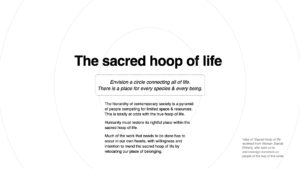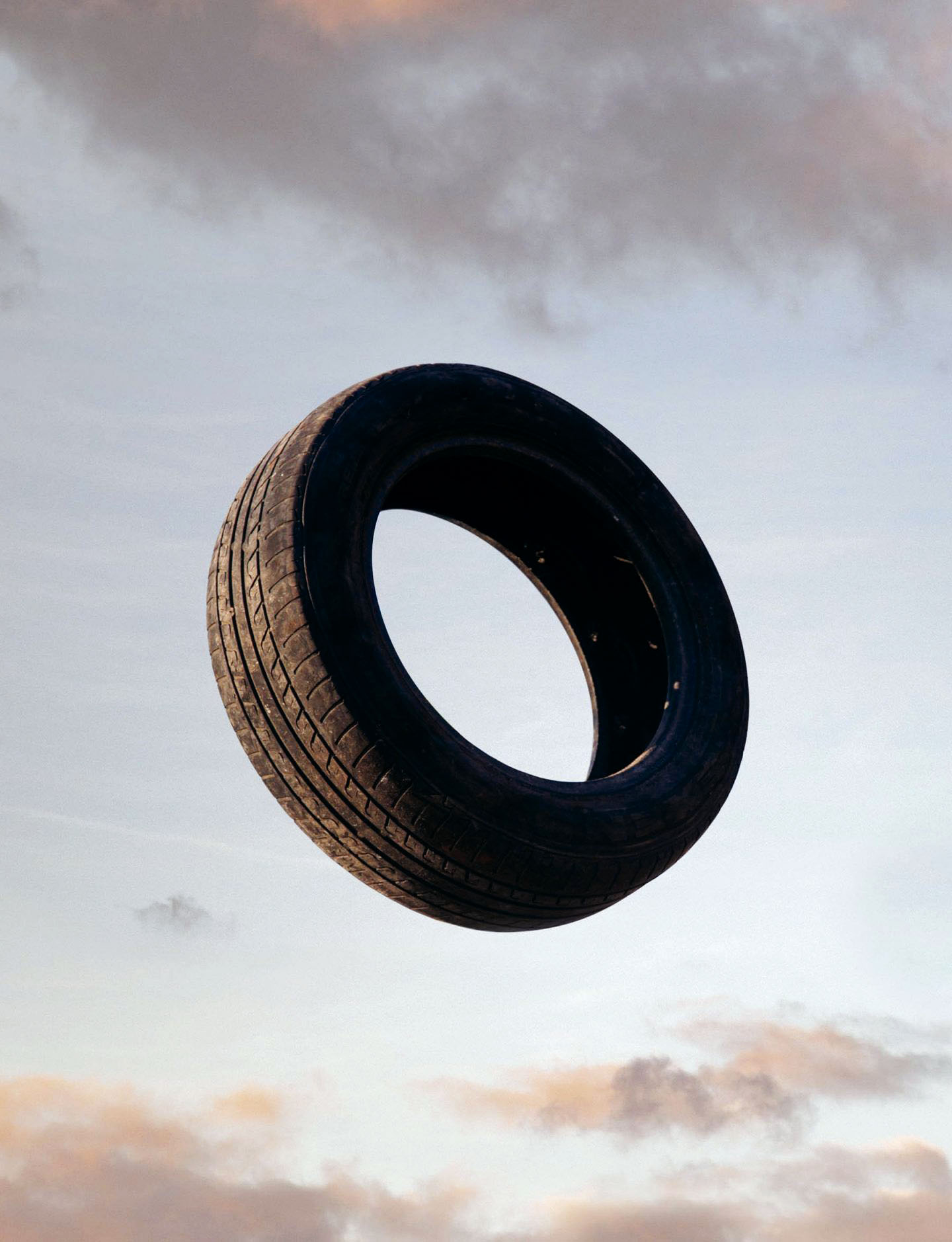
A game-changing economic moment will happen when we collectively decide to globally regulate and redistribute wealth. Humanity is not evolving in a productive manner when only a select number of its billions of people control the overwhelming majority of capital. But any attempt to change society means going against powerful forces determined to uphold the status quo. Such is the challenge we must all be willing to undertake.
The rewards will be plentiful. Our social and natural environments will come to reflect this positive redistribution of wealth through improved relationships between people and communities. After all, the environment is one of the most influential factors affecting our thoughts, our mood, and ultimately who we are. “Environment” relates to so many dynamic features that sometimes it’s difficult to determine where it begins or ends. Given that we are part of our environment, we are well served to pro-actively care for the ecosystems involved in the evolution of who we become.



